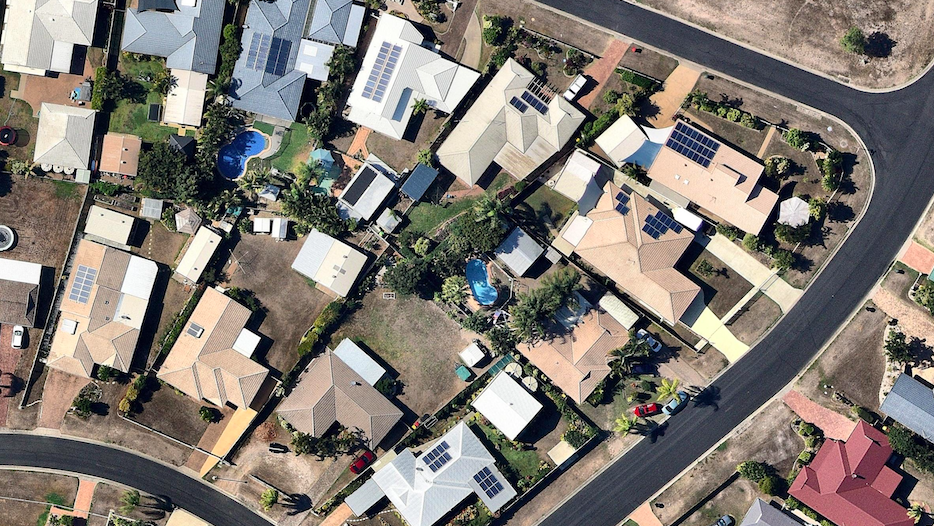The new ledger, which the Clean Energy Regulator announced on Monday, will compliment the Solar Panel Validation (SPV) initiative, which was launched in 2018 and has been largely hailed as a success.
Where the SPV program aims to confirm solar panel eligibility for national subsidies, and has fast tracked the time it takes for those claims to be assessed, the new ledger will store the serial numbers of all solar panels supplied to the Australian market and eligible for small-scale technology certificates (STCs). The data in the ledger, which will be provided to the CER by Australians manufacturers and panel importers on the Clean Energy Council’s approved PV module list, will then be used to assess the eligibility of STC claims by cross referencing serial numbers to those in the ledger.
“This will also assist its compliance activities including the identification of data anomalies between CER, SPV and manufacturer/importer datasets,” CER said in a statement.
The ledger will ultimately provide a secondary point of verification during the creation of small-scale technology certificates which do not use SPV. This, in turn, would allow the regulator to differentiate the serial numbers provided by authorised suppliers and non-authorised suppliers.
Designed to benefit industry as well as secure the subsidy program, CER says the ledger will remove the risk to manufacturers brands from non-authorised suppliers bringing potentially ineligible solar panels to the Australian market. The regulator also says it will decrease the burden on them to answer requests for additional information about solar panel serial numbers.
As a taxpayer-funded incentive for systems under 100kW, the SRES program has propelled rooftop PV uptake across Australia and helped a great many households cope with soaring electricity prices. Amid a debate as to whether the SRES, which is paid on the capacity of the PV system rather than power output – kWp rather than kWh – incentivised volume rather than quality of PV systems, the CER and the renewable energy industry came together to develop SPV to protect the integrity of the subsidy scheme.
At the time of the program launch, the Australian Competition and Consumer Commission (ACCC) was actively campaigning to abolish the SRES scheme by 2021, instead of 2030, as envisaged by the current policy, saying that the program is putting upward pressure on electricity bills. As dodgy installations were acting as a tailwind to the movement to scrap the SRES, the SPV initiative was launched to address the issue.
As of this year, over 95% of solar panels eligible under the SRES can be verified using SPV, with further solar panel brands seeking to be added to the list of over 40 currently participating brands, the CER said.
In the coming weeks the regulator said it will contact stakeholders to co-design two key aspects of the ledger: the data format and the mechanism to upload the data.
If you have any questions about the development of the ledger capability please contact CER on 1300 553 542 or by email at enquiries@cleanenergyregulator.gov.au.
This content is protected by copyright and may not be reused. If you want to cooperate with us and would like to reuse some of our content, please contact: editors@pv-magazine.com.









By submitting this form you agree to pv magazine using your data for the purposes of publishing your comment.
Your personal data will only be disclosed or otherwise transmitted to third parties for the purposes of spam filtering or if this is necessary for technical maintenance of the website. Any other transfer to third parties will not take place unless this is justified on the basis of applicable data protection regulations or if pv magazine is legally obliged to do so.
You may revoke this consent at any time with effect for the future, in which case your personal data will be deleted immediately. Otherwise, your data will be deleted if pv magazine has processed your request or the purpose of data storage is fulfilled.
Further information on data privacy can be found in our Data Protection Policy.